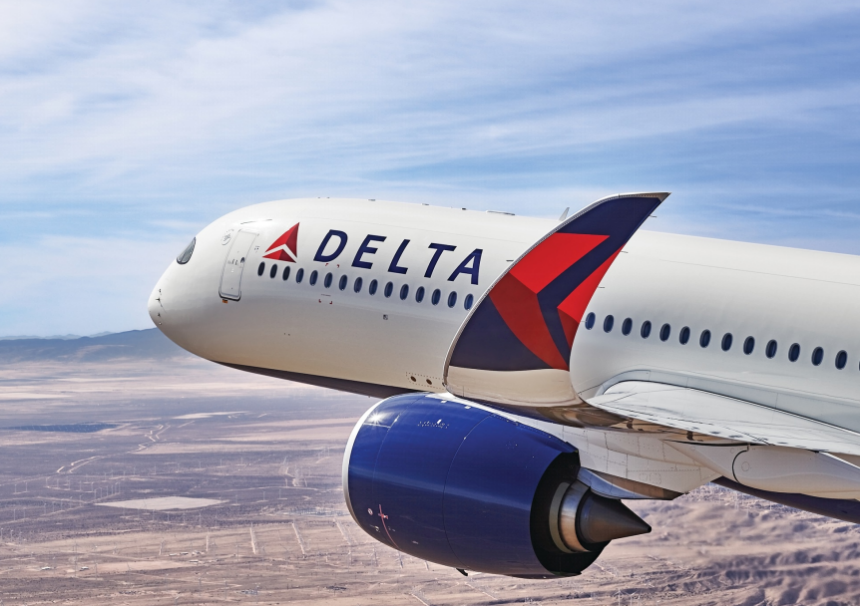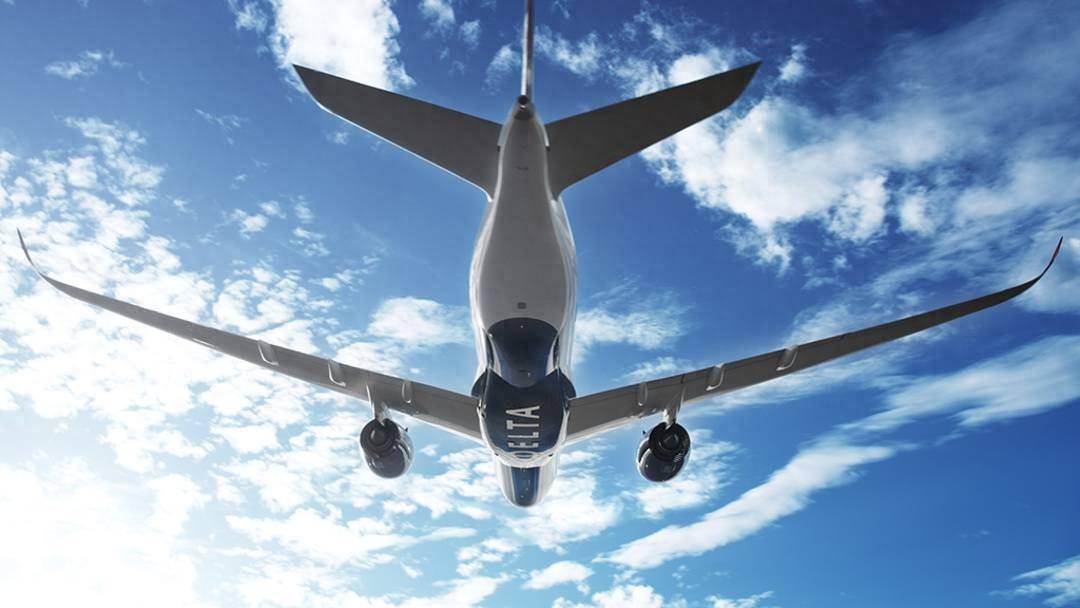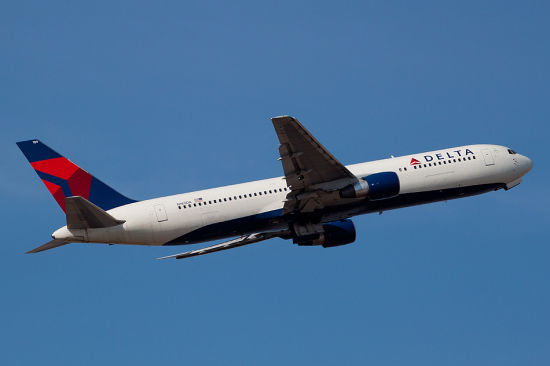In the cloudy skies of the aviation industry, Delta Airlines is like an aircraft breaking through a thunderstorm, presenting a "flight log" for the first quarter of 2025 that pleasantly surprised the market. While most airlines are still tumbling in the turbulent winds of economic uncertainty, Delta successfully raised its stock price by 7%, making this achievement particularly eye-catching against the gloomy backdrop of the industry. The airline giant achieved $14.5 billion in revenue for the quarter, nearly $200 million higher than expected; adjusted net profit reached $315 million, or S0.48 per share, easily surpassing the analyst-set benchmark of S0.41 per share. This performance is reminiscent of an albatross that flies higher in the headwind, demonstrating impressive resilience. Even more remarkable is that these figures were achieved after Delta Airlines had previously lowered its performance expectations from the initial forecast of 6%-8% revenue growth to 3%4%, and earnings per share forecast from $0.65-S0.95 to S0.35-S0.55. The contrast between the conservative forecast and the overachievement is like a pilot lowering altitude in bad weather to ensure safety, only to unexpectedly find a smoother flow of air.

A deeper analysis of Delta Airlines' "flight data" reveals several key factors contributing to its success. First is its precise "route planning"— the high-end customer base and international routes, the two "golden routes," continue to perform strongly, like the most stable dual engines on the aircraft, providing sustained power for the company. Secondly, excellent "fuel management"— by strictly controlling operating costs, Delta was able to set its second-quarter operating profit margin target at 12%-15%, far above the first quarter's 5.2%, despite the slowing revenue growth.

This is like a seasoned captain optimizing the flight route to ensure the jourey during fluctuating fuel prices. Finally, its flexible "load balance"— in the face of weak economy class ticket prices, Delta managed to maintain overall revenue by adjusting capacity and optimizing seat configuration. This operational flexibility allowed Delta to adjust its posture faster than other airlines when the "economic turbulence" started in March.
However, the warning lights in the cockpit are still flashing. Delta's executives cautiously stated that it is too early to provide full-year guidance, like a pilot temporarily turning off the autopilot when passing through a thunderstorm. The second-quarter revenue forecast fluctuates between a 1% decline and 3% growth, and earnings per share are expected to be between $1.75 and $2.35, lower than market consensus, reflecting the management's concerns about the economic outlook. The uncertainty of tariff policies is like an unknown wind shear ahead, which may disrupt the flight plan at any time, while fluctuations in consumer confidence are like unstable air currents, making the journey full of uncertainties. But intriguingly, the market seems to value Delta's crisis management ability more just as passengers trust a captain who can maintain stability during turbulence, investors are willing to give this resilient airline a higher valuation premium. In the aviation industry, which is highly sensitive to economic cycles and acts as a "barometer" of economic pressure, Delta Airlines' quarterly report proves that even in the harshest weather, an outstanding airline can still find its upward airflow.






